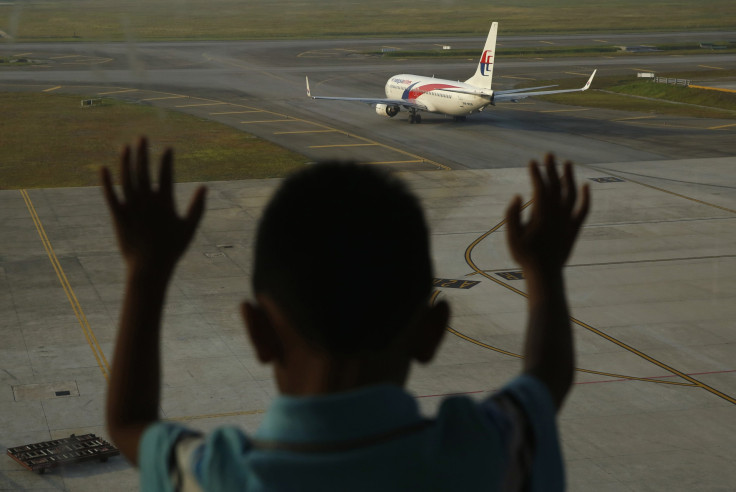Airline Insurers Face Mounting Losses Following A Spate Of Crashes

It has been an unfortunate year so far for global aviation, and its effects are now rubbing off on the airline insurance industry.
Faced with hefty insurance bills following the crash of Malaysia Airlines (KLSE:MAS) Flight MH370 and MH17, TransAsia Airways (TPE:6702) Flight GE222 and most recently, Air Algerie Flight AH5017, the aviation insurance industry is now looking at estimated annual losses of more than $2 billion, according to a Financial Times report.
Claims on just one category of aviation insurance -- "war risk" insurance on the planes, which covers physical damage to planes from hostile acts -- have crossed $600 million in the last five months and are only expected to pile up further, the New York Times reported last week.
In order to cover the losses, which, according to some estimates, could make 2014 the most expensive year for the aviation insurance industry since the 9/11 attacks, brokers and underwriters are now reportedly demanding a three-fold increase in premiums for “all risk” insurance policies and war risk insurance policies, according to the Financial Times.
Airlines spend millions of dollars every year on all risk policies that cover most crash-related expenses, including compensation paid to the passengers’ next of kin.
Malaysia Airlines, for instance, which might be faced with the prospect of a higher-than-average increase in insurance premiums, has an overall liability policy with a cap of $2.25 billion dollars for each crash, according to the New York Times.
And because Malaysia Airlines' policy lacks a cap on search-and-rescue costs, the airline could seek reimbursement for hundreds of millions of dollars in search costs alone, further adding to the liability bill of the insurance companies, the Times reported. The disappearance of Flight MH370 on March 8 triggered a search effort that has been unprecedented in commercial aviation history and is expected to cost hundreds of millions of dollars.
Besides the two Malaysia Airlines disasters, attacks on airports in Pakistan and Afghanistan, and fighting in Libya's Tripoli airport -- which reportedly led to the damage of over two dozen aircraft -- and the crashes in Mali and Taiwan have also compounded the insurers’ losses.
“With a shallow premium pool fully exhausted and an expectation of an immediate review of the current hull war premium rating, MH17 and incidents recently in Pakistan and Tripoli look likely to be the events that may halt the decline in aviation premium income and usher in the reintroduction of increases once again,” Gary Moran, head of the Asia aviation brokerage business for Aon -- one of the world’s largest insurance brokers -- told the New York Times.
The airline insurance sector currently collects about $65 million a year in premiums, according to the Times report.
© Copyright IBTimes 2024. All rights reserved.












